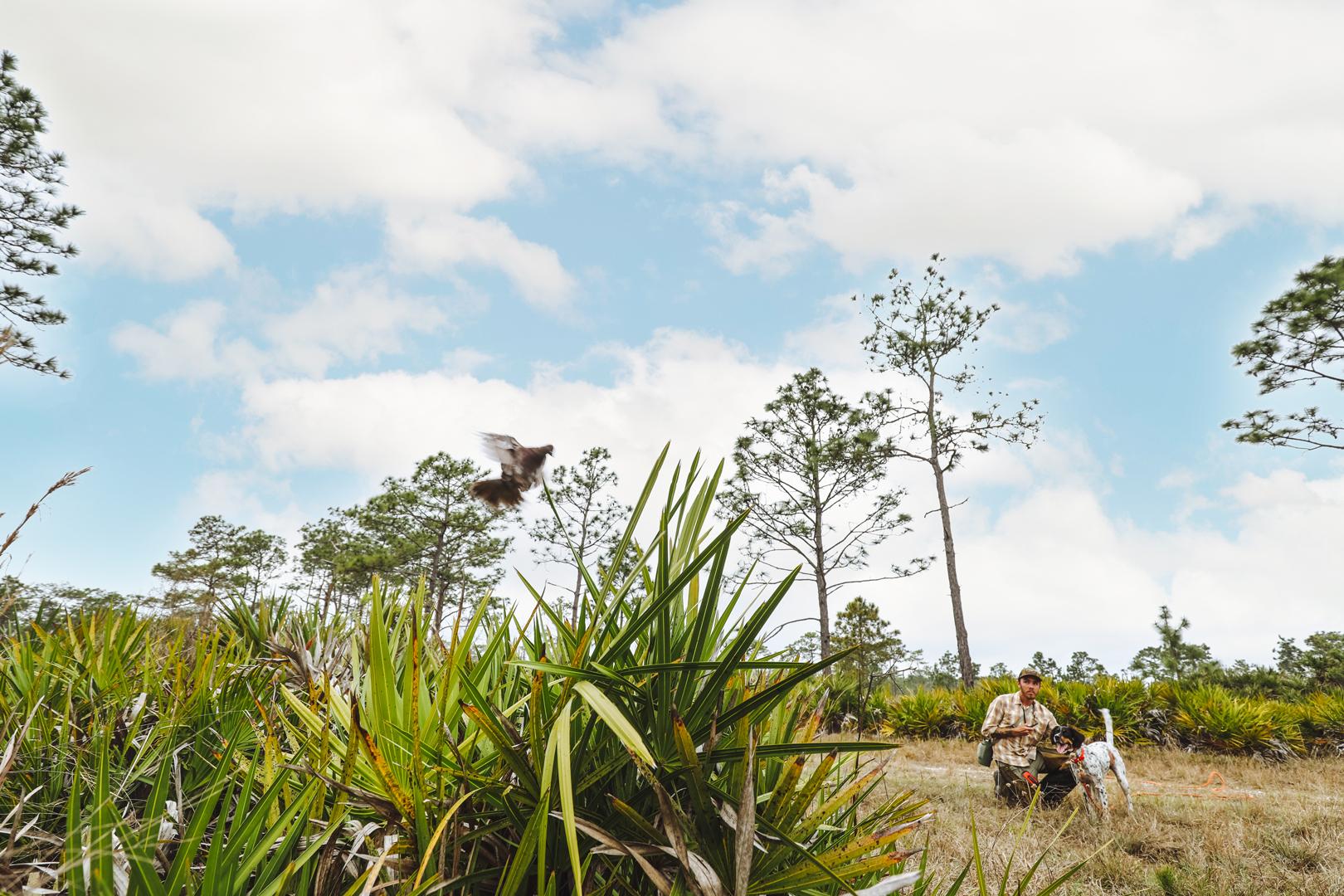Dependable bird dogs aren’t made during the hunting season.
They’re molded in the hot and humid months leading up to the fall, so that they’re finely tuned companions as soon as shooting light commences on opening day. While genetics and temperament are fixed variables when it comes to a dog’s quality, it’s up to their human counterparts to get them the repetition and exposure needed to do their job correctly. What’s more important though, is that dog trainers practice safe and smart training tactics during the summer months, so their hunting partners avoid heat stroke.
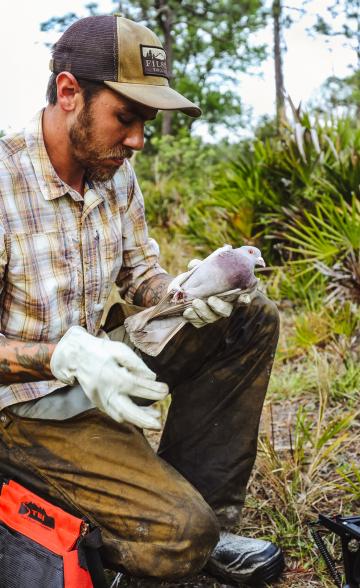
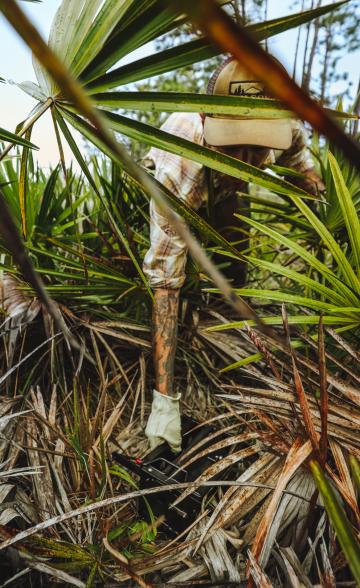
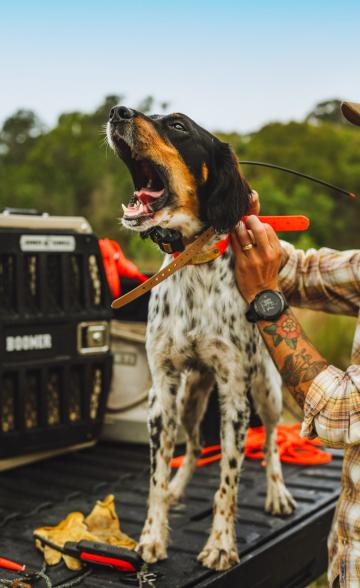
Here are ten tips to have at the forefront of your training regimen this summer:
1. Bring water. And then bring more.
The most important dog training tool in the summer is water. Whatever you think is an appropriate amount of water for your training session, bring double. Obviously, they need to intake water throughout summer training sessions, but pouring additional water on their heads and undercarriage is a great way to stabilize internal body temperatures.
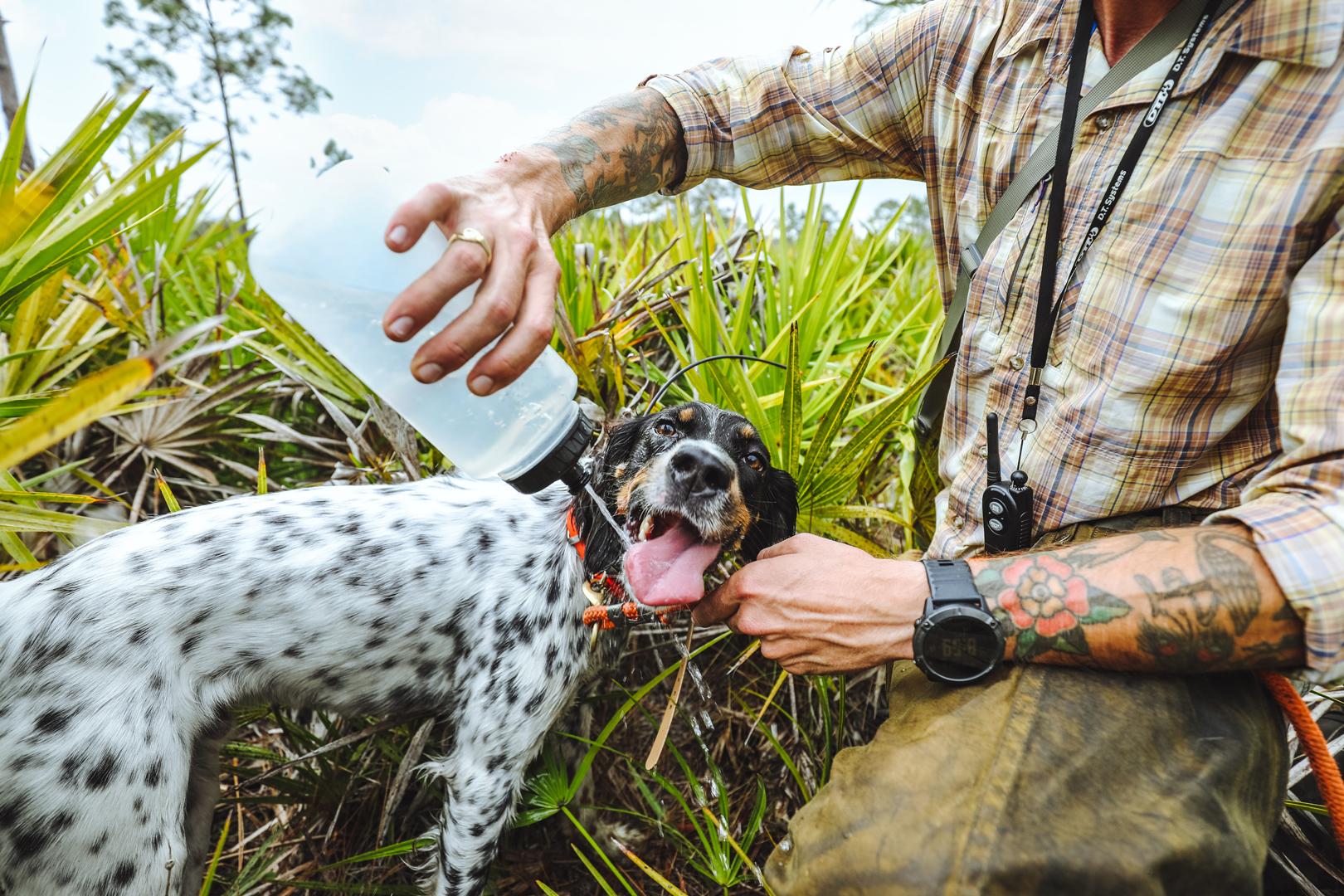
2. Utilize morning & evening temperatures.
Starting your training a half hour after sunrise or a half hour before sunset is a great way to circumvent the summer heat, as the sun and temperature will be at their lowest points of the day. This means safer, longer, and more productive training sessions with your bird dog.
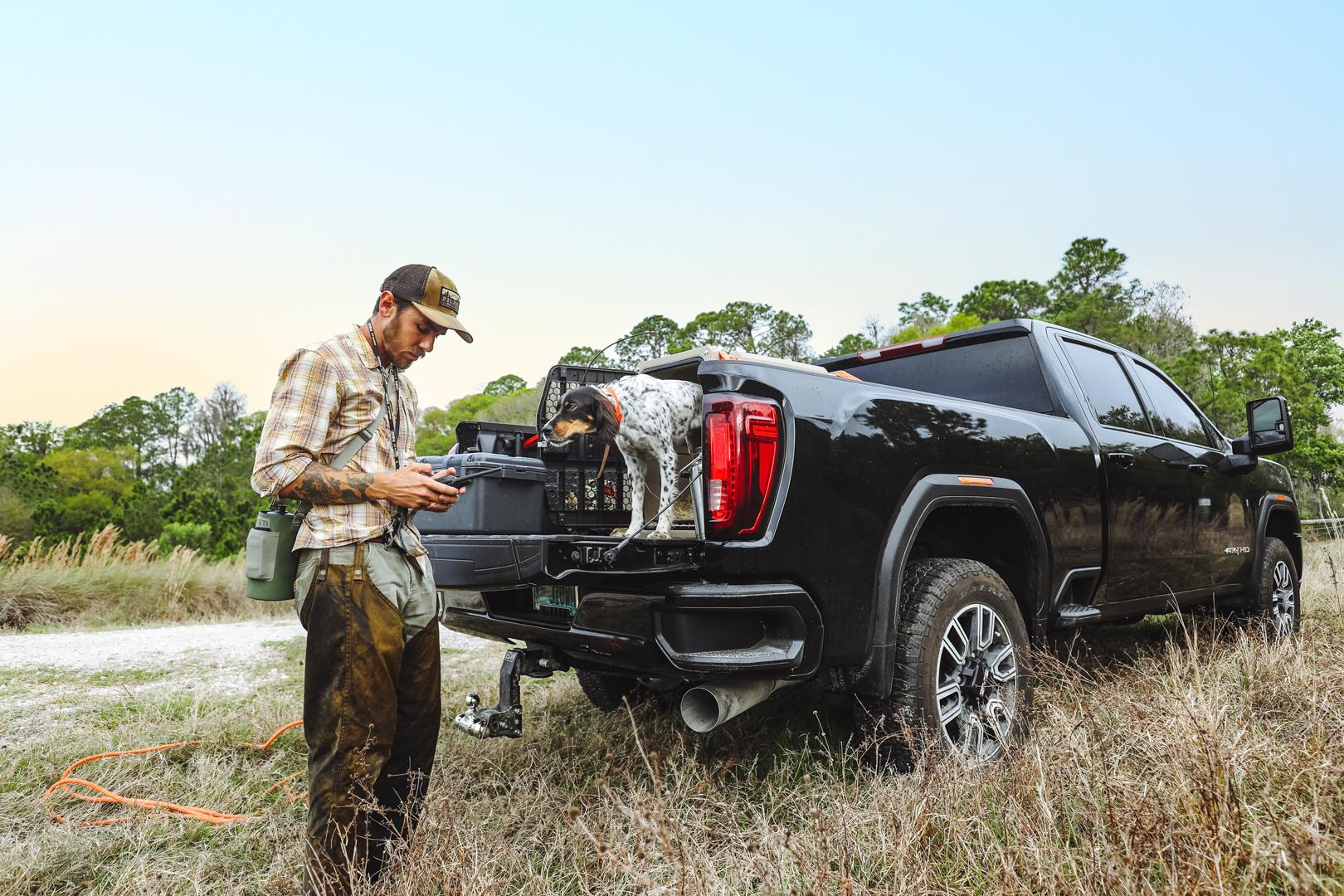
3. Stay indoors.
If you aren’t able to make sunrise or sunset training schedules work, consider staying inside. Basic obedience work, regardless of how well-trained your dog is, is imperative to work on and can be done inside. Fetch conditioning, familiarity with blind stands, whistle work, and many other retrieving concepts can be done from the comfort of an air-conditioned living room.
4. Incorporate water drills.
Implementing water retrieves is vital to both safe training sessions and creating a blind-ready duck dog. Not only does water help regulate internal body temperature during the summer, it helps avoid impact on a dog's joints the way running on land causes. This is especially beneficial to breeds such as Labrador Retrievers, who love the water and are prone to joint problems later in life. Further, water retrieval drills help a dog’s marking skills, train their eyes for tricky water retrieves, and make them stronger swimmers. When training in water, keep retrieving swims to 50 yards maximum.
5. Use shade to your advantage.
Whether your dog is running drills or taking a break, if shade from trees or buildings is an option nearby, let them take full advantage.
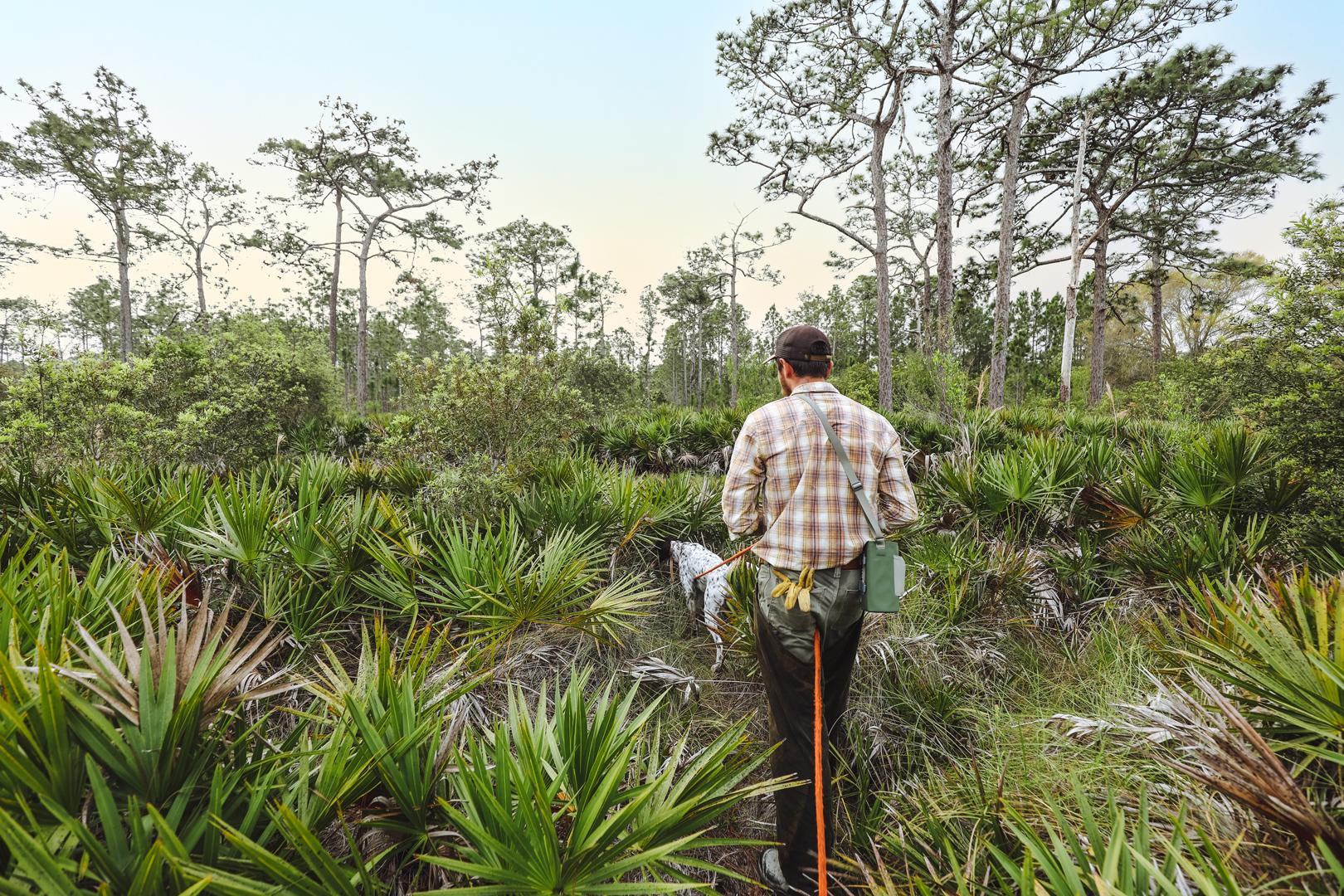
6. Break training sessions up.
If you want to train on an especially hot summer day, break up your allotted time into mini sessions. For example, if you dedicate thirty minutes to your dog’s training, view it instead as 5 five-minute training sessions, broken up with 90 second breaks for water and rest.

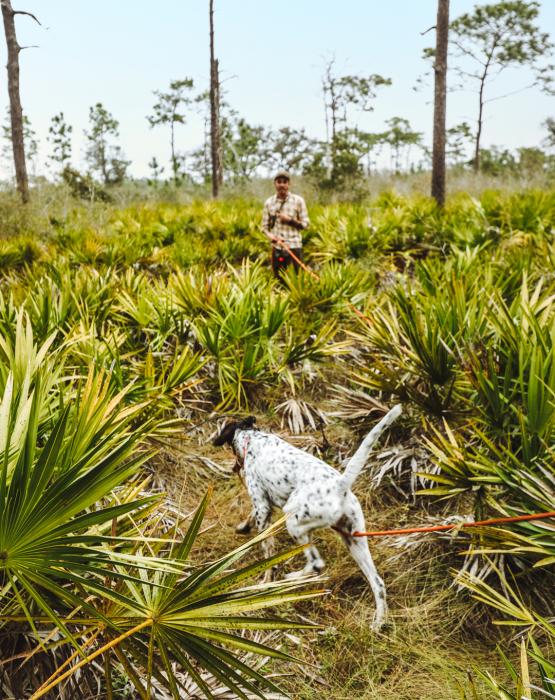
7. Look for signs of overheating.
There are obvious signs of your dog becoming overheated that you can be on the lookout for: a dark red or especially long tongue while panting, their gums losing color, disorientation, wobbly legs, and unresponsive to commands are all clear signs that you should stop your outdoor training and get your dog cooled off immediately.
8. Monitor bugs & local wildlife.
From ticks, wasps, and snakes to vegetation such as tall, sharp grasses and thorny brush, summer training presents plenty of hazards for canines. Keeping your dogs’ tick medication current, an antihistamine in your first aid kit in the event of a bee sting or snake bite and familiarizing yourself with your area's foliage are ways to minimize canine injuries.

9. Going for a run? Take your dog with.
If there are cooler temperatures in the forecast and you’re wanting to go for a run outside, taking your pup with is a great way to prepare them for the hunting season. Not only does it get their cardiovascular stamina ready for long days in the field, it conditions their paw pads for ice, rocks, and other harsh objects that they will inevitably come into contact with in the fall and winter.
10. Dial in their diet.
Like humans, a dog’s diet should be in tune with their activity level. If you’re getting out with your dog daily this summer, they should be eating good-sized portions of quality food. A high protein diet is needed to keep them strong and filled out.
Maintaining your dog’s hunting shape during the off season will put them in the best possible scenario to succeed immediately when the birds are flying. While we all want the most complete bird dog, their health and safety are priority number one.
Tag #TowingAdventure this summer while out training with your hunting companions to be featured on our social media channels.
